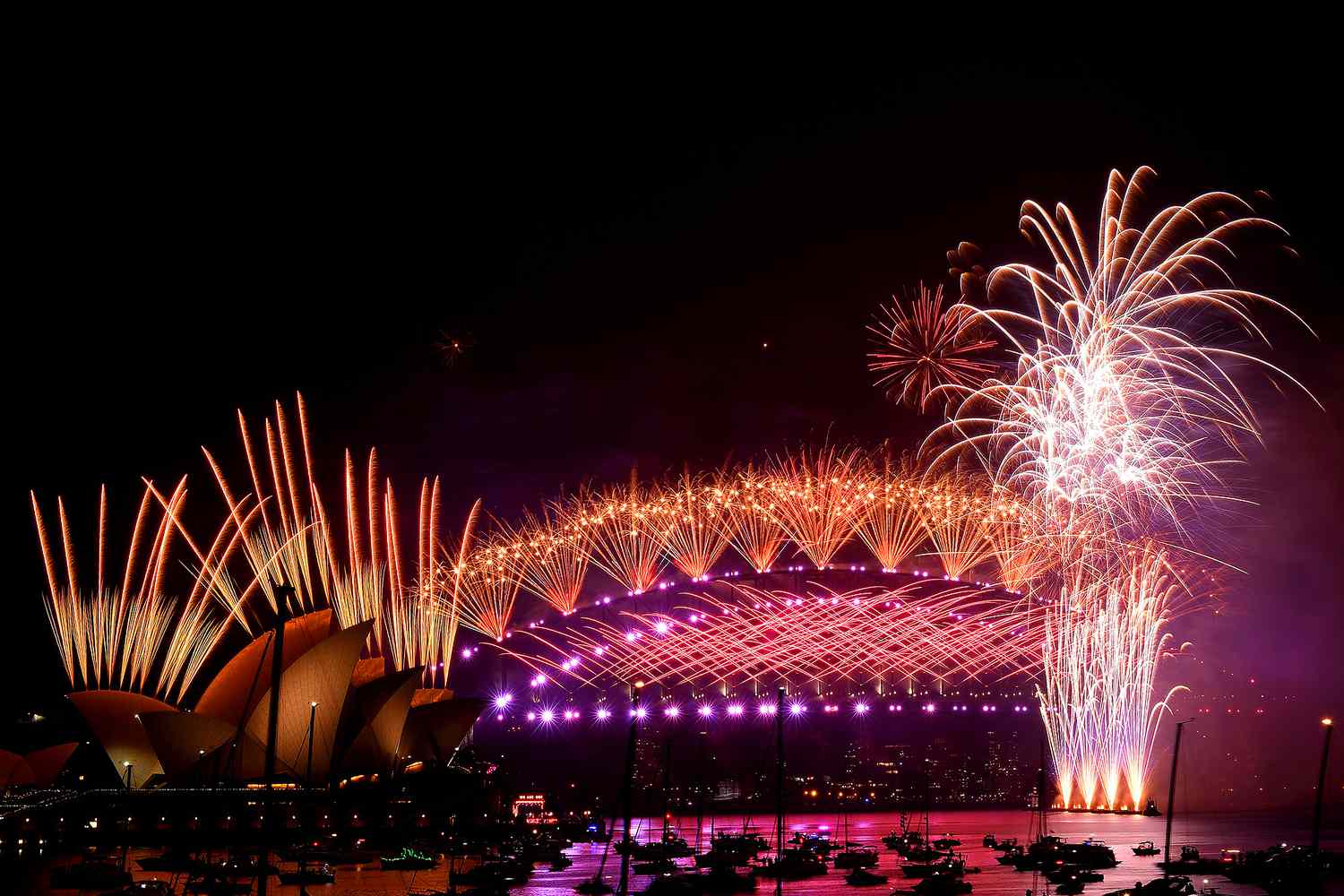While many countries celebrate New Year’s Day on January 1st, several other countries which do not celebrate new year on 1st Jan but on different dates, each with special traditions and cultural significance. Follow along as we explore these unusual New Year’s festivities that don’t follow the standard January 1st norm.
1. Lunar New Year in China
The Lunar calendar decides when China celebrates New Year’s, with the holiday typically falling between January 21 and February 20. This vibrant festive, also referred to as the Spring Festival, marks the end of winter and the arrival of spring. Reunion dinners are attended by families, street acts of lion and dragon dances, and fireworks, which represent the driving away of evil spirits, light up the night sky.
Check Strange Culture & Traditions of China
2. Iran: Nowruz
Iran and many other countries in Central and Western Asia celebrate Nowruz, which translates to “New Day,” as the Persian New Year. It is on the vernal equinox, which usually falls on March 20 or 21. Over two weeks, there are lavish feasts, get-togethers with family, and the renowned Haft-Seen table, which is decorated with symbolic objects that stand for prosperity and renewal.
3. Enkutatash, Ethiopia
The Ethiopian calendar’s Meskerem 1st, or September 11th in the Gregorian calendar, is Enkutatash, the Ethiopian New Year. Yellow flower bouquets are exchanged, traditional music and dance are performed, and colourful processions are all part of the celebration. Enkutatash, which marks a time of hope and fresh starts, also coincides with the end of the rainy season.
4. Songkran, Thailand
Thai New Year’s celebration Songkran, which goes from April 13 to April 15, is well-known for its extravagant water festival. Water fights are common, signifying the washing away of sins and bad luck.
5. Rosh Hashanah, the Jewish New Year
The Hebrew calendar’s first and second days of Tishrei mark Rosh Hashanah, the Jewish New Year, which typically falls in September or October. Reflection, prayer, and the sounding of the shofar are necessary during this time. The custom places a strong emphasis on forgiveness and the wish for a prosperous and joyous new year.
6. Hijri New Year, or Islamic New Year
The Islamic lunar calendar begins on the Islamic New Year, also referred to as Hijri New Year or Islamic New Hijri Year. The celebration honours the Prophet Muhammad’s journey from Mecca to Medina.
7. India
Ugadi/Gudi Padwa : Ugadi is the New Year’s celebration in the western and southern regions of India. Usually observed in March or April, it is observed in states like Karnataka, Andhra Pradesh, and Maharashtra. During the festival, people pray especially, make vibrant rangoli, and trade neem and jaggery, which stand for the bitter and sweet experiences of life. Vishu (April 14–15): Vishu is celebrated as the Malayalam New Year in Kerala. Families wake up to see “Vishukkani,” an arrangement of auspicious objects, as the first sight on this occasion, which is observed in mid-April and is thought to bring prosperity in the year to come.
8. Korea: Seollal
The lunar calendar is used to figure out how South Koreans celebrate Seollal, the traditional New Year. It is a time to pay tribute to ancestors, express gratitude, and strengthen family ties during this family-oriented celebration.
Sebae, a beloved custom during Seollal, involves younger family members giving their elders respectful deep bows and wishing them a happy new year.
9. Bali – Nyepi
Nyepi, the Balinese Day of Silence, is a unique and spiritual celebration observed by Hindus in Bali, Indonesia. Nyepi falls on the day following the new moon of the Balinese calendar, usually in March. The day holds deep spiritual significance as it is dedicated to self-purification.
10. Srilanka – Sinhalese new year
Sri Lanka celebrates its Sinhalese and Tamil New Year, known as “Aluth Avurudda” or “Puthandu,” with great enthusiasm. While the celebration is observed by both Sinhalese and Tamil communities, it holds special cultural significance for the Sinhalese majority.
The Sinhalese New Year typically falls in April, marking the end of the harvest season.
Every celebration, from the vibrant Lunar New Year’s celebrations in China to the Songkran in Thailand, embodies the distinct values of the communities that celebrate them. Accepting these various customs reminds us that the joy of welcoming a new year transcends cultural boundaries and the celebration of new beginnings.
So, for not everyone the new year is on 1st Jan.
If you celebrate it on 1st Jan, A very Happy new year to you!
